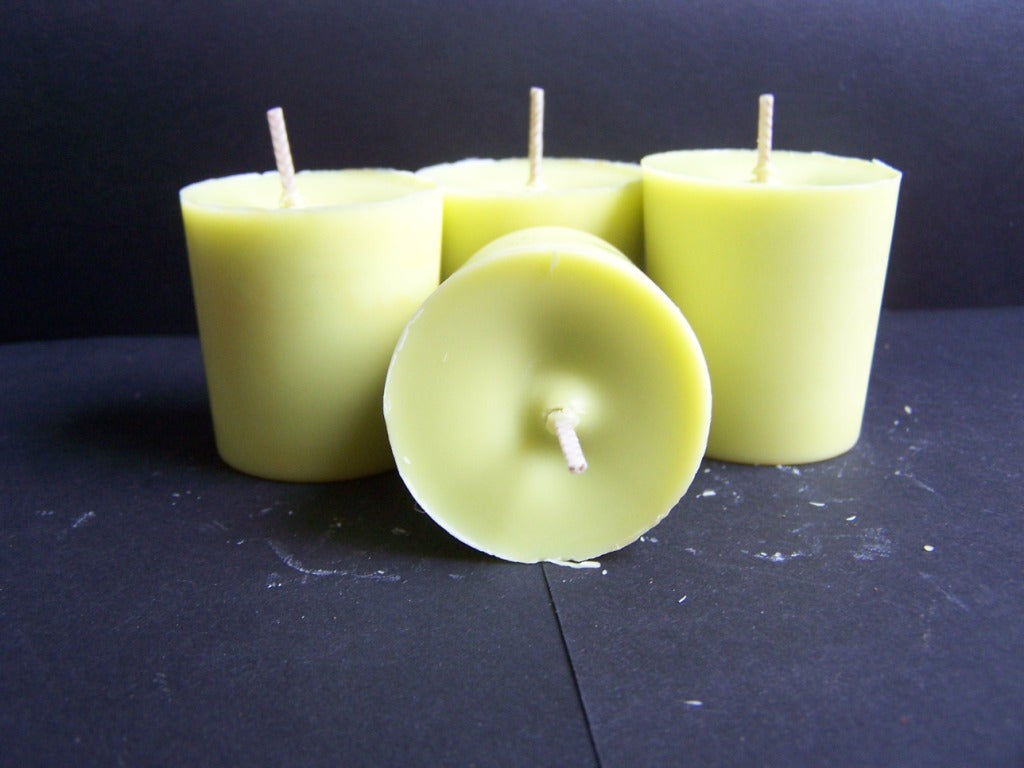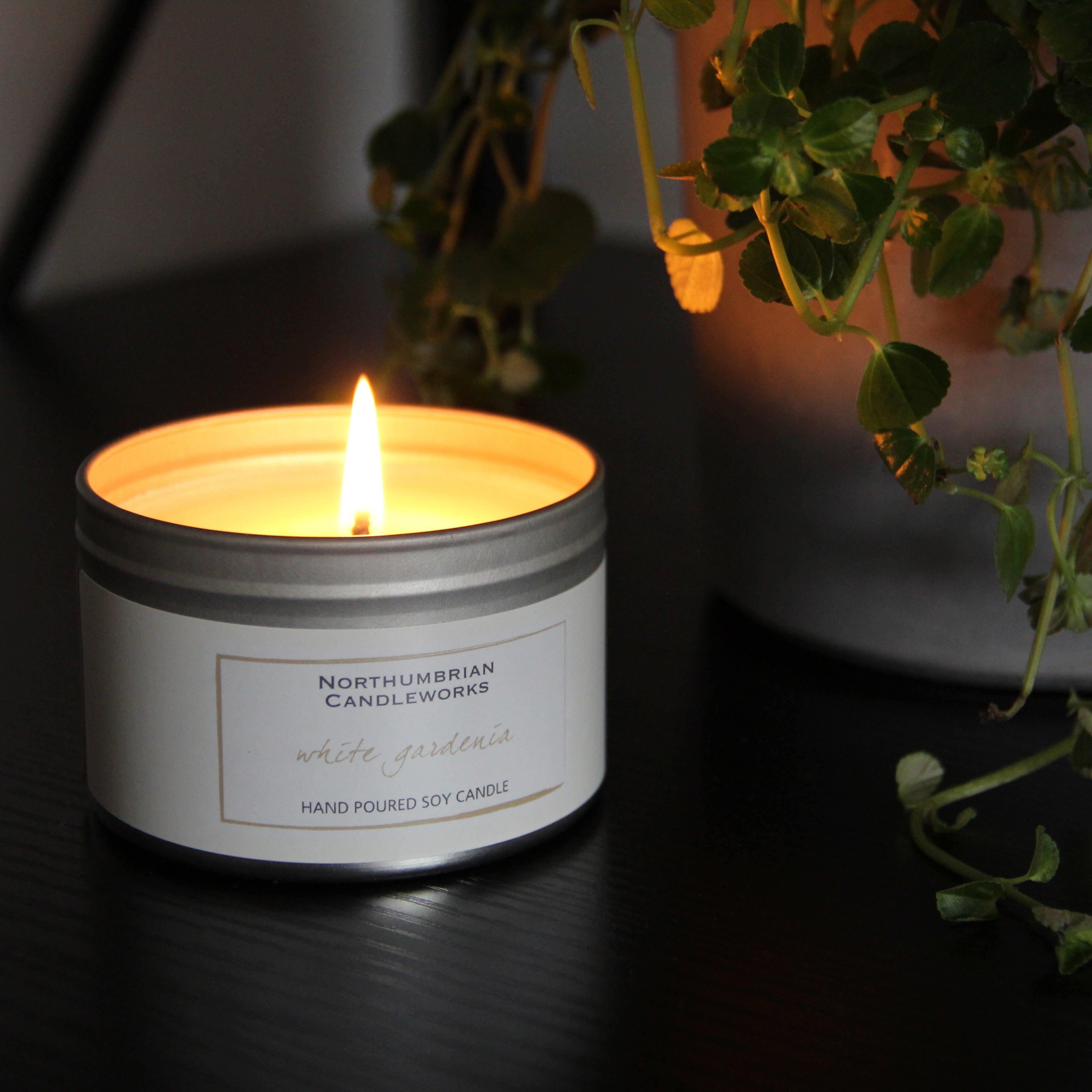Shop Sustainable Soy Wax Candles and Home Fragrance Collections
From Wick to Wax: Recognizing the Chemistry Behind Soy Wax Candles and Their Environmental Influence
As we illuminate our rooms with the warm glow of candles, there exists a realm of elaborate chemistry behind the apparently basic act of lighting a soy wax candle light. Join us as we unravel the clinical details behind soy wax candle lights and explore their effects on our atmosphere.
Soy Wax Vs. Paraffin Wax
When contrasting soy wax and paraffin wax for candle light production, it is important to recognize the distinct characteristics and advantages of each product. Soy wax is a natural, eco-friendly source originated from soybean oil, making it eco-friendly and environment-friendly - crystal soy candles. In contrast, paraffin wax is a byproduct of oil refining, which elevates worries regarding its ecological influence and sustainability
Soy wax candles melt cleaner and produce less soot compared to paraffin wax candle lights, making them a healthier selection for indoor air high quality. Furthermore, soy wax has a reduced melting point, permitting a longer-lasting candle light that distributes fragrance extra effectively. Paraffin wax, on the other hand, has a tendency to shed faster and much less cleanly, possibly launching damaging chemicals into the air.
From a sustainability point of view, soy wax is preferred for its biodegradability and renewable sourcing, lining up with the growing customer preference for ecologically aware products. While paraffin wax has actually been a standard selection in candle light making as a result of its cost and convenience of use, the shift in the direction of eco-friendly options like soy wax is gaining momentum in the industry.
Chemical Composition of Soy Wax

Combustion Process in Soy Candles
The chemical structure of soy wax directly influences the combustion process in soy candles, influencing variables such as melt time, scent launch, and ecological influence. When a soy candle is lit, the warm from the fire melts the wax near the wick.
The burning effectiveness of soy candles is affected by the pureness of the soy wax and the high quality of the wick. Additionally, soy wax candle lights have a reduced environmental impact compared to paraffin candles due to their renewable and biodegradable nature.

Ecological Advantages of Soy Wax

Thought about a lasting alternative to standard paraffin wax, soy wax offers significant environmental benefits that make it a prominent selection among eco-conscious customers. One considerable advantage of soy wax is its eco-friendly sourcing. Soy wax is originated from soybean oil, which is predominantly grown in the United States. The cultivation of soybeans assists support neighborhood farmers and minimizes the dependency on non-renewable fossil fuels utilized in paraffin wax production. Furthermore, soy wax is biodegradable, implying it damages down naturally without releasing unsafe toxic substances right into the setting. This particular makes soy wax candle lights a more environmentally friendly alternative compared to paraffin wax candle lights, which are made from oil, a non-renewable resource. look at this now Moreover, soy wax burns cleaner and produces much less residue than paraffin wax, contributing to far better indoor air top quality and minimizing the requirement for cleaning and upkeep. On the whole, the environmental advantages of soy wax straighten with the expanding demand for green and lasting items out there.
Recycling and Disposal Considerations
Recycling and his response proper disposal of soy wax candle lights play a crucial function in keeping environmental sustainability and lowering waste in homes and communities. The first step is to make certain that the candle has actually shed entirely when it comes to reusing soy wax candles. This can be accomplished by enabling the candle light to burn till the wick is no longer useful, and after that allowing the continuing to be wax cool and solidify. When the wax has actually solidified, it can be very carefully eliminated from the container.

In regards to disposal, if recycling is not a choice, soy wax candles are eco-friendly and can be safely taken care of in many house waste systems. However, it is always advised to get in touch with neighborhood reusing centers or waste monitoring solutions for particular guidelines on candle light disposal to ensure correct handling and environmental security.
Verdict
In conclusion, the chemistry behind soy wax candle lights reveals their environmental advantages over paraffin wax candle lights. Soy wax, obtained from soybean oil, burns cleaner and produces much less residue when compared to paraffin wax.
When contrasting soy wax and paraffin wax for candle light production, it is essential to recognize the distinctive characteristics and advantages of each product (soy candles).Soy wax candle lights shed cleaner and discharge much less soot compared to paraffin wax candles, making them a much healthier choice for interior air high quality.Thought about a lasting choice to typical paraffin wax, soy wax provides notable environmental advantages that make it a popular selection amongst eco-conscious consumers. Soy wax burns cleaner and creates much less soot than paraffin wax, adding to better interior air high quality and minimizing the need for cleaning important site and upkeep.In conclusion, the chemistry behind soy wax candle lights reveals their environmental benefits over paraffin wax candles